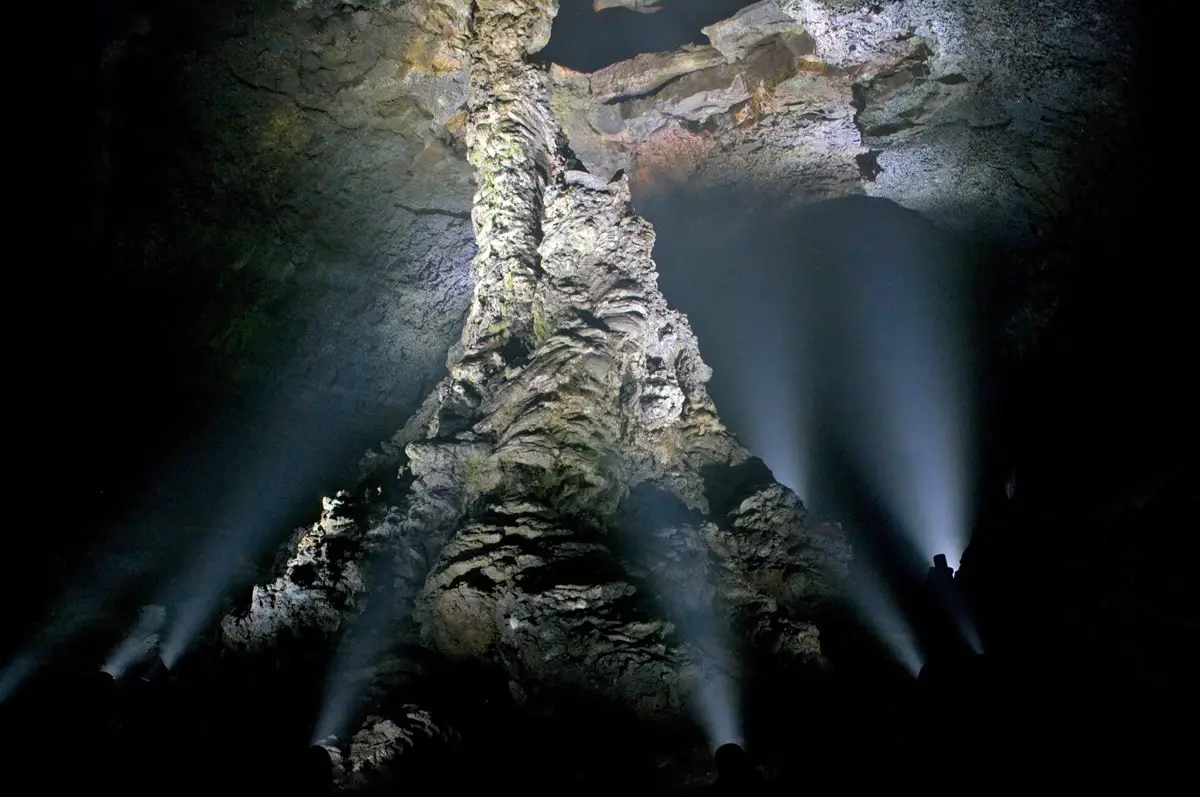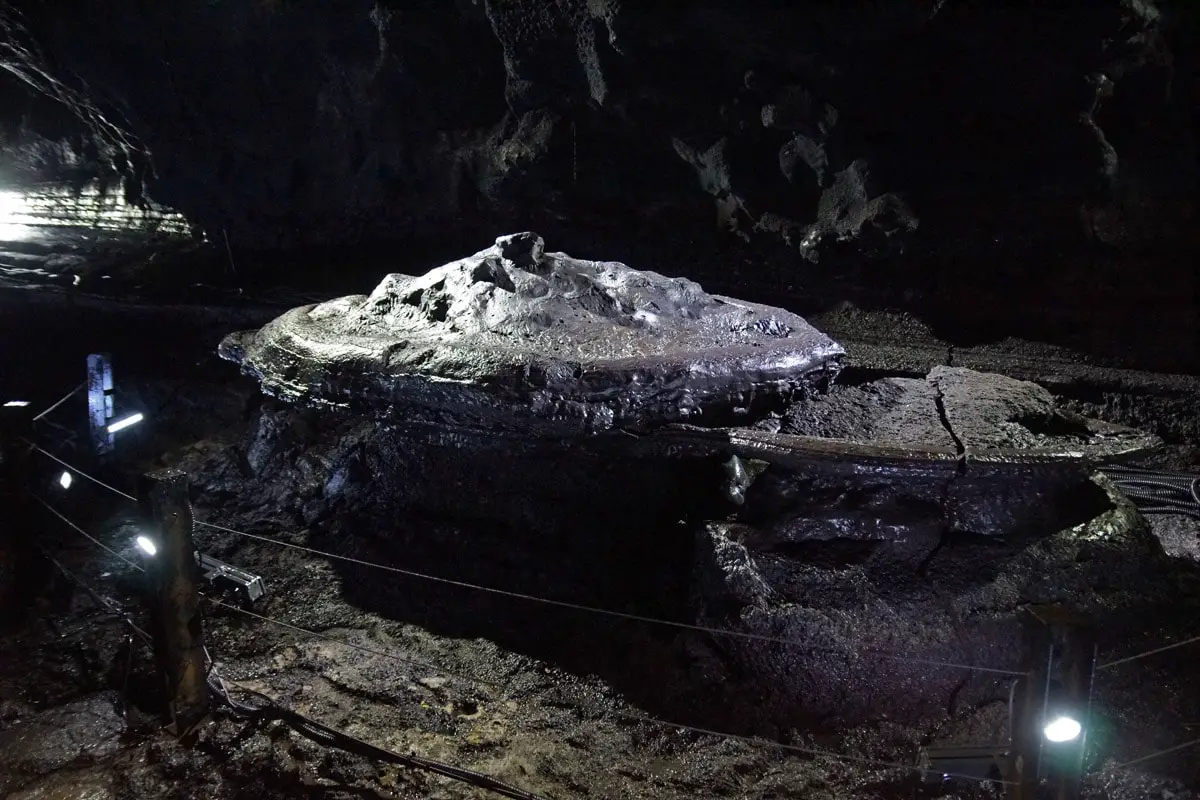World 🢖 Asia 🢖 South Korea
Caves 🢔 Geological wonders 🢔 Categories of wonders
Wonder
Manjang Cave
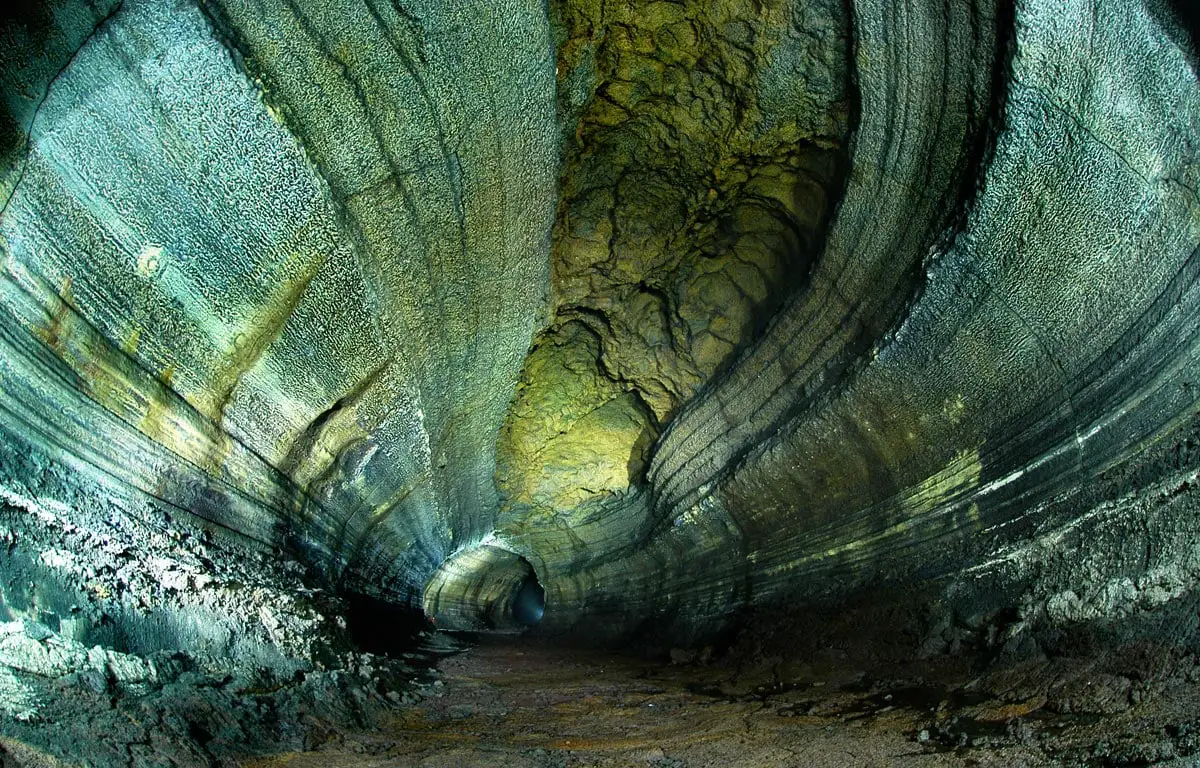
 In short
In short
One of the most unusual and beautiful show caves in the world is Manjang Cave (Manjang Gul) in the beautiful Jeju Island. This is enormous, nearly 9 km long lava cave.
 44.3%
44.3%
GPS coordinates
Location, address
Name in Korean
Alternate names
Length
UNESCO World Heritage status
Map of the site
If you see this after your page is loaded completely, leafletJS files are missing.
 In detail
In detail
Lava tubes of Jeju
Jeju Island is rich in lava tubes. There are known some 120 caves formed by the ancient flows of lava, as well as numerous other interesting volcanic formations. The most impressive though is the Geomunoreum Lava Tube System – a group of caves that have been formed by the flow of basaltic lava. It erupted from the Geomunoreum volcano 300 – 200 thousand years ago and flowed towards the 13 km distant ocean.
Description of the cave
Manjang Cave is the largest cave in this system (but not the longest lava cave on island – Bilemot Cave is longer). Manjang cave is 8,928 m long, its passages are up to 30 m high and 23 m wide. Cave has three entrances.
Manjang Cave has two levels: the main tube is the longer one, while that upper level is some two times shorter. At the place where lava fell from the upper level to the lower one, has formed unique, 7.6 m tall lava column, the tallest in the world.
Sometimes it is erroneously stated that the cave is 13,422 m long, but this is not true – this is the length of the whole Geomunoreum Lava Tube System.
Lava caves of Jeju Island are some of the most beautiful in the world. Lava here has formed stalactites, stalagmites, columns, flowstones and other formations. Interesting feature is Stone Turtle – carbonate formation which is shaped like Jeju Island.
Walls of cave have marks – flowlines, left by the flowing lava.
Approximately one kilometre of this beautiful cave is opened for tourists and is one of the most popular tourism destinations on the island.
Cave fauna
In Manjang Cave live some 30,000 common bent-wing bats (Miniopterus schreibersii) as well as other cave dwellers, such as Jeju cave-spider (Nesticella quelpartensis) and more than 30 other kinds of cave fauna.
References
- Cultural Heritage Administration, Republic of Korea. Jeju Volcanic Island and Lava Tubes. Accessed in the 22nd August 2014.
 Linked articles
Linked articles
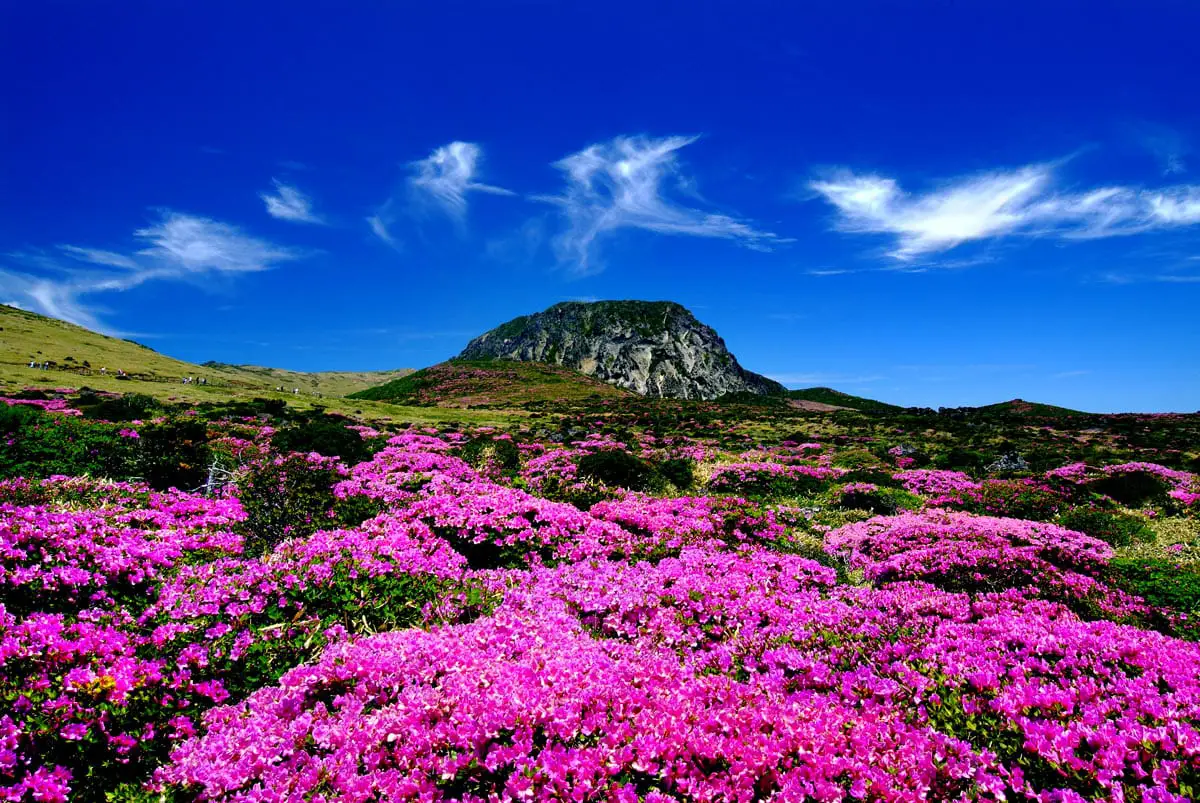
Wonders of South Korea
The rich and distinct culture of Korea has created countless amazing landmarks. Yes, South Korea has beautiful natural landmarks, but the extremely rich man-made heritage leaves them in shadow. The most interesting landmarks there are Buddhist temples, traditional villages, and megaliths.

Caves
Every year there are reported exciting discoveries of new caves and discoveries of new qualities such as cave paintings in the ones known before. But there still is a feeling that our knowledge covers just a small part of all these monuments of nature.
Though, those which are known to us, offer a surprising diversity of unusual features and impressive sights.
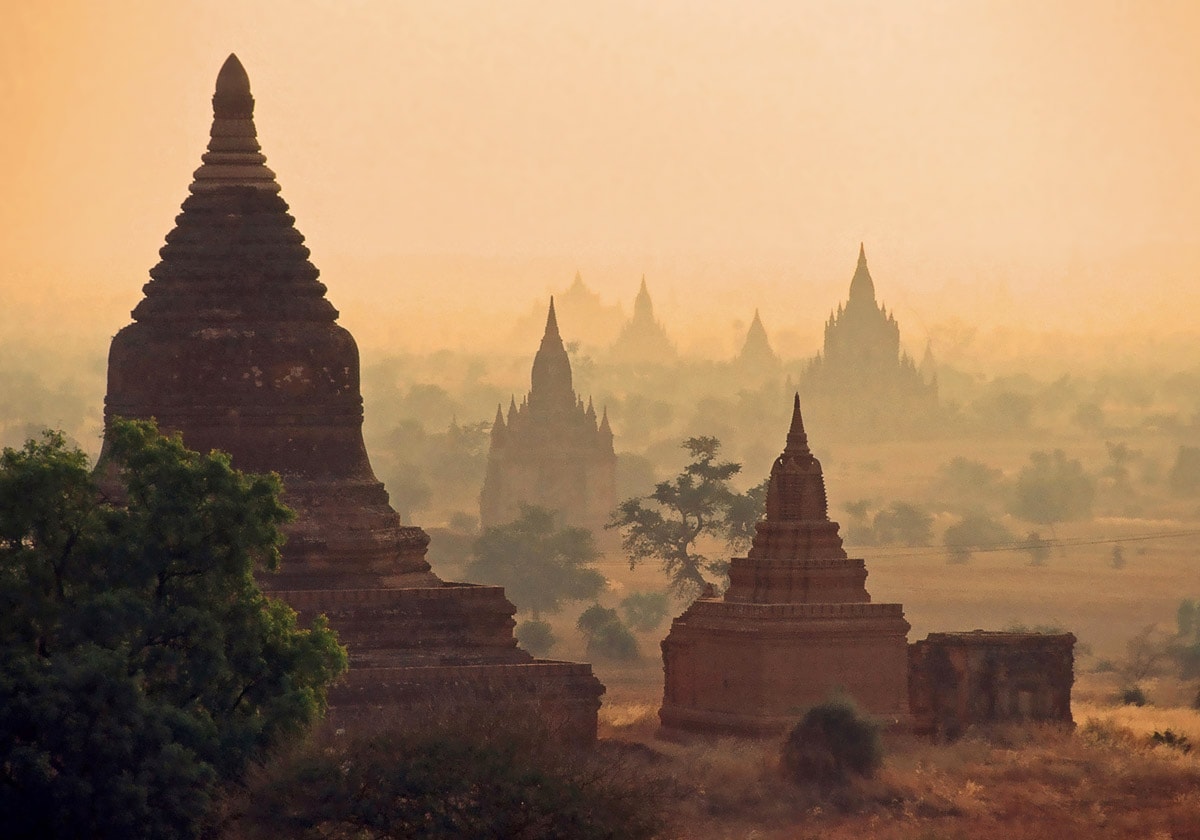
Wonders of Asia
Any other continent (and part of the world) seems small if compared to Asia. This refers also to natural and man-made heritage: in Asia are not just thousands of great landmarks, there are found landmarks created by thousands of diverse cultures from ancient Phoenicians to the mysterious small people in the Philippines and eastern islands of Indonesia.
 Recommended books
Recommended books
A Complete Guide to Jeju Island
A Complete Guide to Jeju Island provides you with all the information you need to plan your trip to Jeju Island in South Korea. Dive into a fascinating journey through several thousand years of history, as you plan your trip, you will be enthralled with such sites as Cheonjiyeon Waterfall, Suwolbong Peak, and Gwaneumsa Temple.
Jeju Island Geopark – A Volcanic Wonder of Korea
This book will deal with geological as well as cultural, historical, archaeological, and biological aspects in Jeju Global Geopark. It will start with the introduction of Jeju Global Geopark, geographic setting, habitats, history, economy and tourism, management, general geology and geosites, future geosites, other significant heritage sites, economically sustainable tourism, education and promotion, and management plan.

